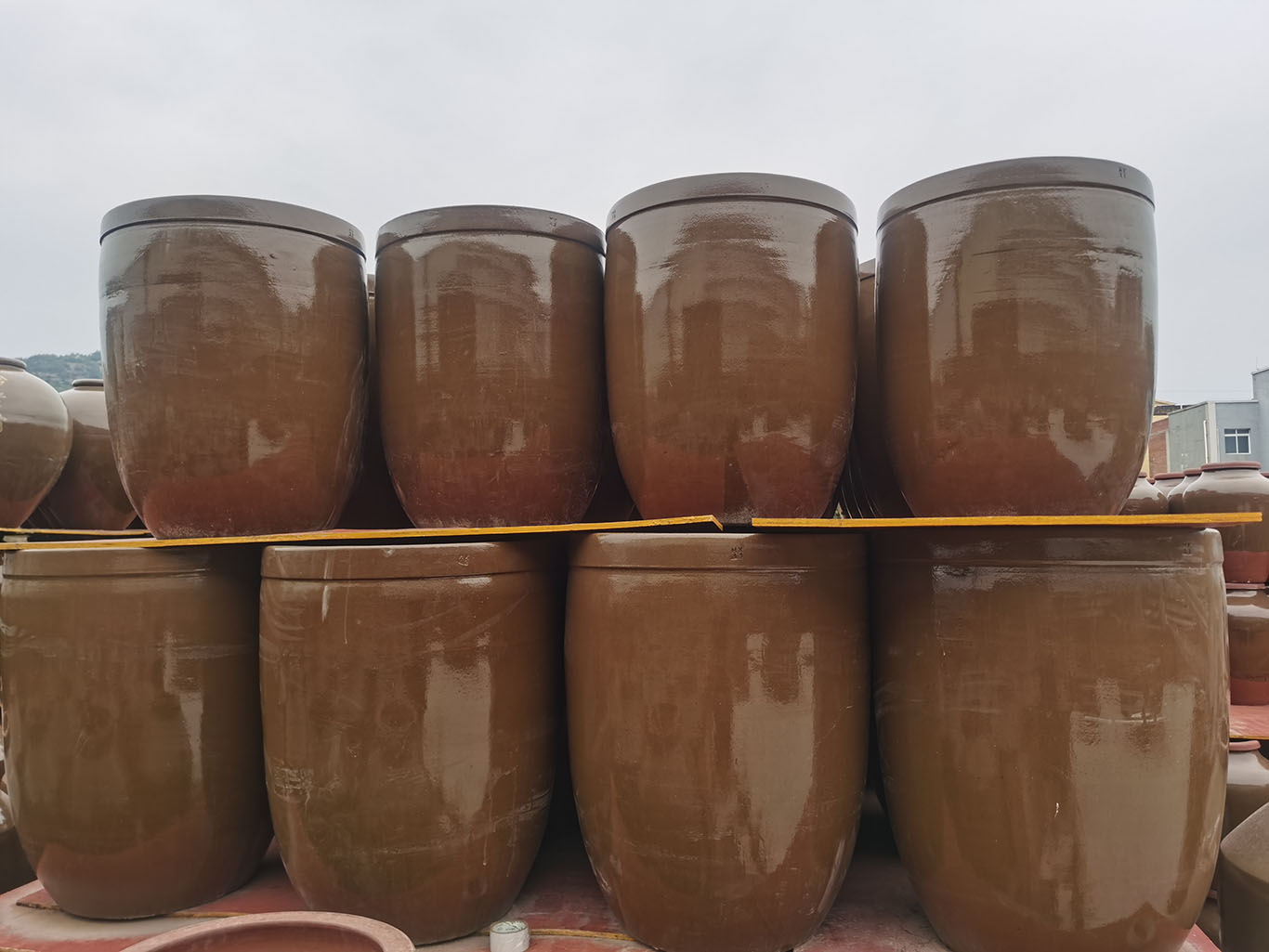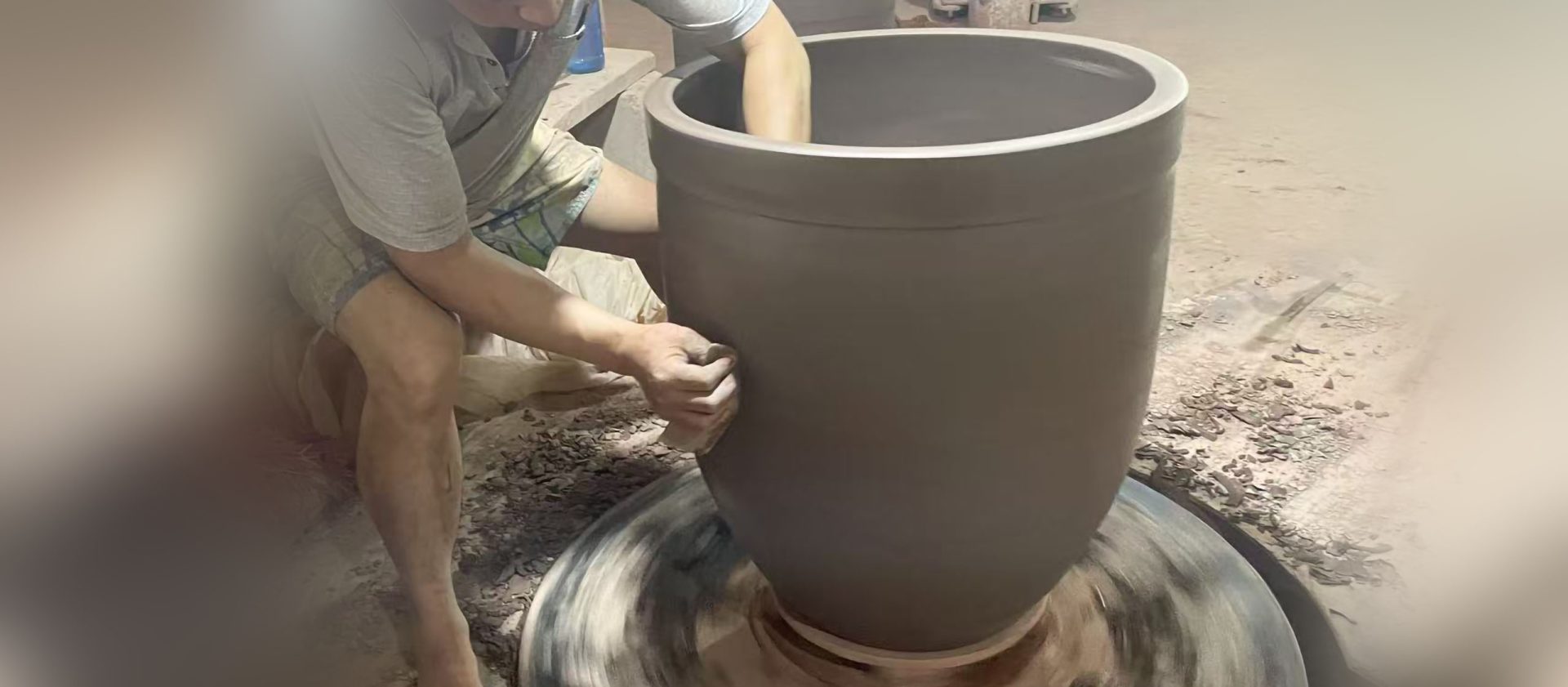Choosing FermentationCcrock: Analysis of Key Feature and Multiple Uses
From the tangy kimchi in restaurants to the sauerkraut made in local workshops, fermentation is a time-honored craft that relies on one essential tool: the fermentation crock. This humble vessel is indispensable for crafting a variety of fermented delights, from classic pickles to traditional pickled cabbage. In this article, we will explore the key characteristics and diverse uses of fermentation crocks, offering a comprehensive look at why this ancient container remains a cornerstone of food preservation and fermentation today.
As a leading manufacturer in China, we are dedicated to crafting high-quality fermentation crocks that are both affordable and reliable. We believe that superior tools should be accessible to all, whether for a budding home enthusiast or a growing enterprise. Our goal is to support your fermentation journey with products that meet the highest standards of performance, helping you achieve consistent, outstanding results.
We Need to Know Some Feature of Fermentation Crocks
The design of the fermentation crocks is not accidental, every detail serves a goal: successful, stable, and less likely to fail fermentation.
Water seal design
Structure: There is a groove around the edge of the can mouth. After the heavy lid is closed, the groove is filled with water to form a “water seal”.
Function: This is the most essential feature of the fermentation crocks. The carbon dioxide gas produced by fermentation in the crock can escape from the water seal, but external air (oxygen) cannot enter. This perfectly creates an anaerobic environment that promotes the growth of lactic acid bacteria (anaerobic bacteria) while preventing the growth of aerobic mold and yeast, which is the key to preventing spoilage.
Thick clay/ceramic material
Thermostatic properties: The clay material is thick and can buffer sudden changes in external temperature, providing a relatively stable temperature environment for fermentation, which is crucial for the stable operation of microorganisms.
Breathability: Unlike glass or stainless steel, the tiny pores in clay allow for extremely small amounts of gas exchange, aiding in the formation of certain fermentation flavors while also helping to dissipate heat and prevent excessive internal temperatures
Light avoidance: The ceramic jar is opaque, which can prevent light from affecting the activity of the fermentation bacterial community.
Wide opening and deep can body
Easy to operate: The wide mouth design facilitates the insertion of ingredients (such as whole cabbage), manual compaction, and retrieval after fermentation is complete.
Reasonable design: Sufficient depth ensures that the ingredients can be completely submerged by the brine produced by fermentation, which is an important condition to prevent the ingredients from deteriorating due to contact with air.
Heavy stone or glass inner cover
Function: This inner lid can be pressed onto fermented materials (such as vegetables) and firmly soaked in brine using its own weight, ensuring that all ingredients are in a hypoxic environment and further preventing mold and spoilage.
Fermentation Crocks Main Purpose
fermentation crocks are ideal tools for making various traditional fermented foods, especially adept at:
Making kimchi
This is the most classic use, used for making Korean kimchi, Sichuan kimchi, etc. The jar can perfectly handle the large amount of gas generated during the early stages of fermentation.
Making Sauerkaut
The shredded cabbage is mixed with salt, compacted and fermented in a pot to produce German or Eastern European style pickled Chinese cabbage.
Making enzymes/fruit fermentation
Used for making fruit enzymes or pickling fruits, the water seal design can better control the degree of fermentation and reduce the risk of alcoholization.
Making other fermented vegetables
All lactic acid fermented vegetables such as fermented pickles, spicy radishes, and pickled beans
Analysis of the advantages of fermentation crocks vs. ordinary ceramic tanks vs. glass tanks
In order to better understand the uniqueness of fermentation crocks, we have made a visual comparison with ordinary ceramic and glass tanks, which will help you better understand the differences between these three and be helpful for your decision-making. Its purpose is also to help you find a reasonable fermentation container:
Conclusion
Through a comprehensive understanding of the clay fermentation crock and its comparative advantages with different materials, it is fully explained that the clay fermentation crock is the most ideal fermentation container in the selection of containers for making a large number of pickles, pickled Chinese cabbage or pickles. Based on the characteristics of clay material, it is the best fermentation tool that cannot be compared to other containers.

